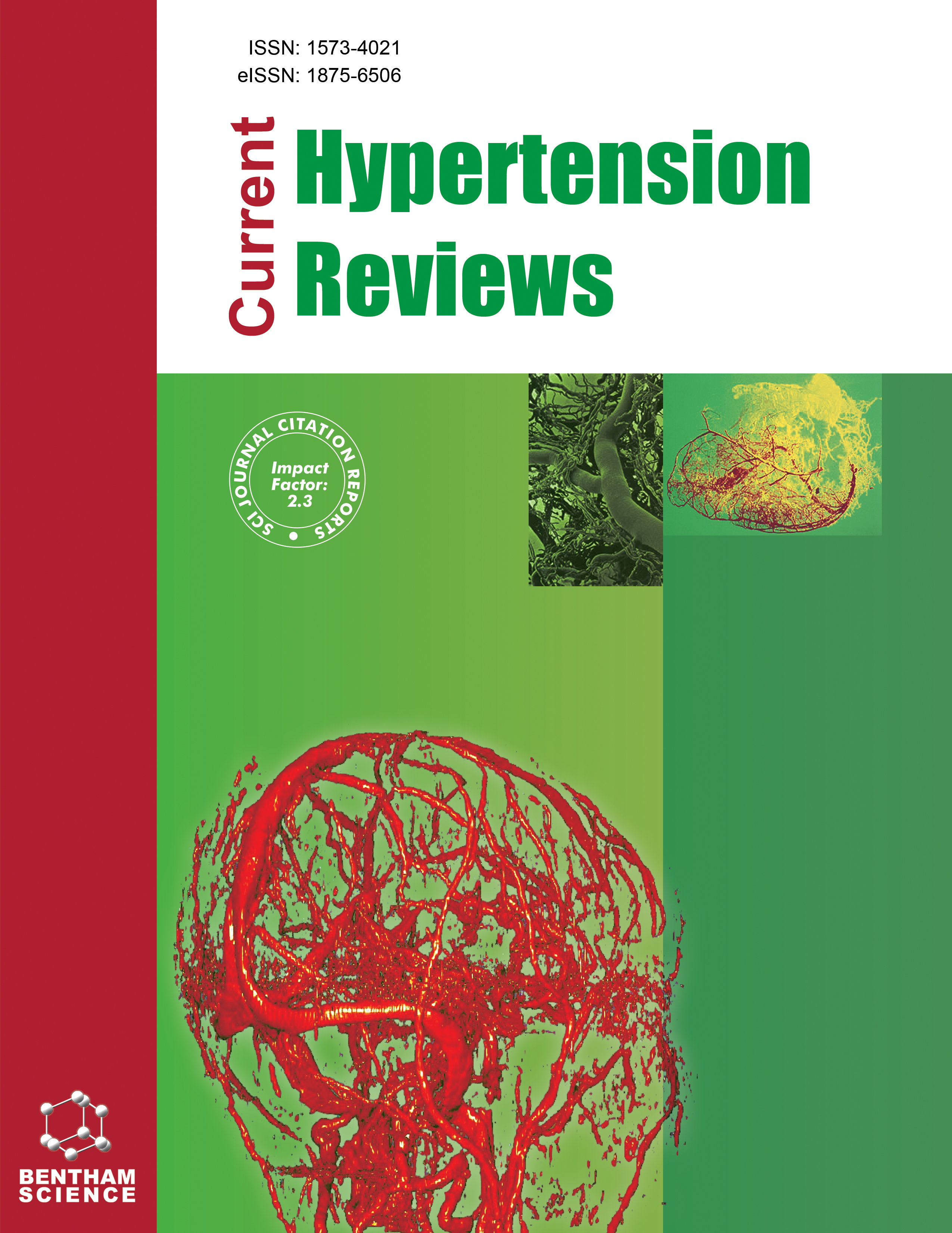
Full text loading...

Orthostatic hypotension (OH) is a prevalent disorder among the elderly, characterized by a marked decrease in blood pressure upon standing. It impacts 10–30% of elderly individuals and is linked to falls, cognitive deterioration, and cardiovascular issues. The primary factors include aging, autonomic dysfunction, and pharmaceutical usage.
This narrative review consolidates and examines contemporary research regarding the etiology, pharmacological effects, diagnosis, and treatment of orthostatic hypotension in elderly adults. A systematic technique was not employed; rather, expert analysis of the existing literature was utilized to distill essential ideas.
OH in the elderly is frequently complex. Frequently involved drugs encompass diuretics, β-blockers, calcium channel blockers, ACE inhibitors, antidepressants, and antiparkinsonian therapies. These medications, within the framework of age-associated physiological alterations, elevate the risk of orthostatic hypotension. The diagnosis relies on monitoring blood pressure during changes in posture. Non-pharmacological interventions, including water, sodium consumption, compression garments, and physical movements, constitute first-line therapies. In chronic instances, pharmacological treatments such as midodrine, droxidopa, and fludrocortisone may be employed, albeit with vigilant monitoring due to potential deleterious effects.
OH significantly affects the autonomy and quality of life of elderly individuals. Medication-induced orthostatic hypotension is frequently disregarded, particularly in the context of polypharmacy. Customized management, encompassing drug evaluation and integrated therapy approaches, is crucial. Clinical monitoring and regular orthostatic evaluations are essential for prompt diagnosis and management.
Effective OH management requires a personalized, multidisciplinary approach. Future research should focus on identifying reliable diagnostic biomarkers and developing individualized treatment algorithms to improve patient outcomes and support healthy aging.

Article metrics loading...

Full text loading...
References


Data & Media loading...